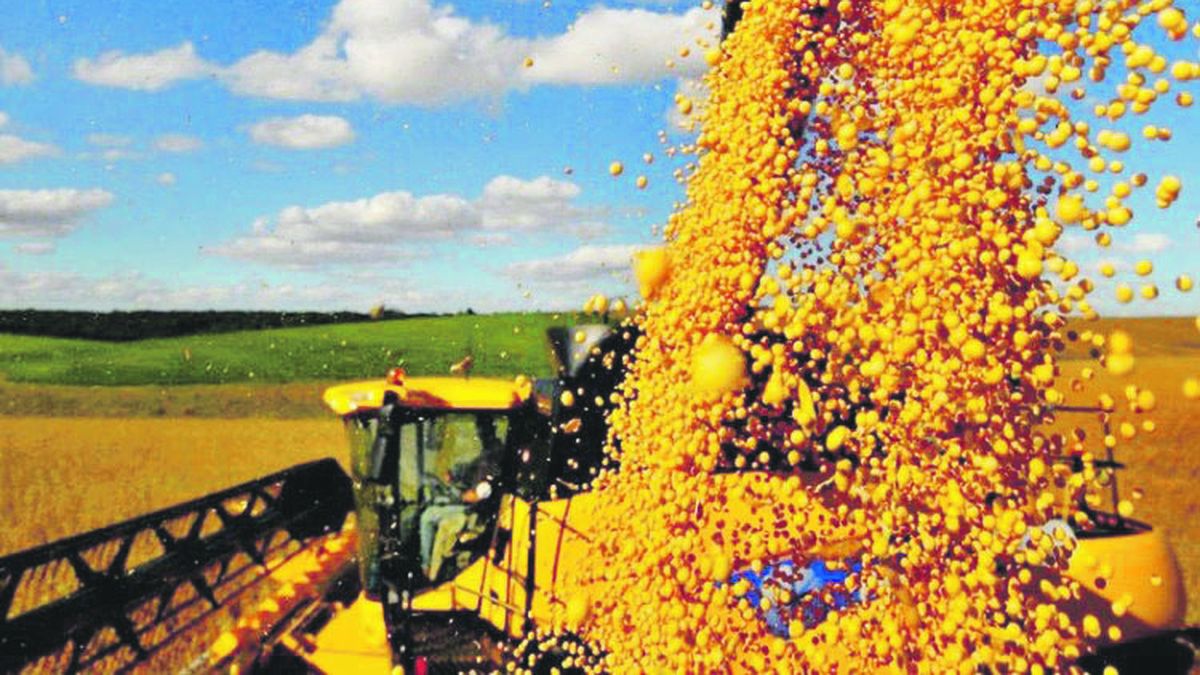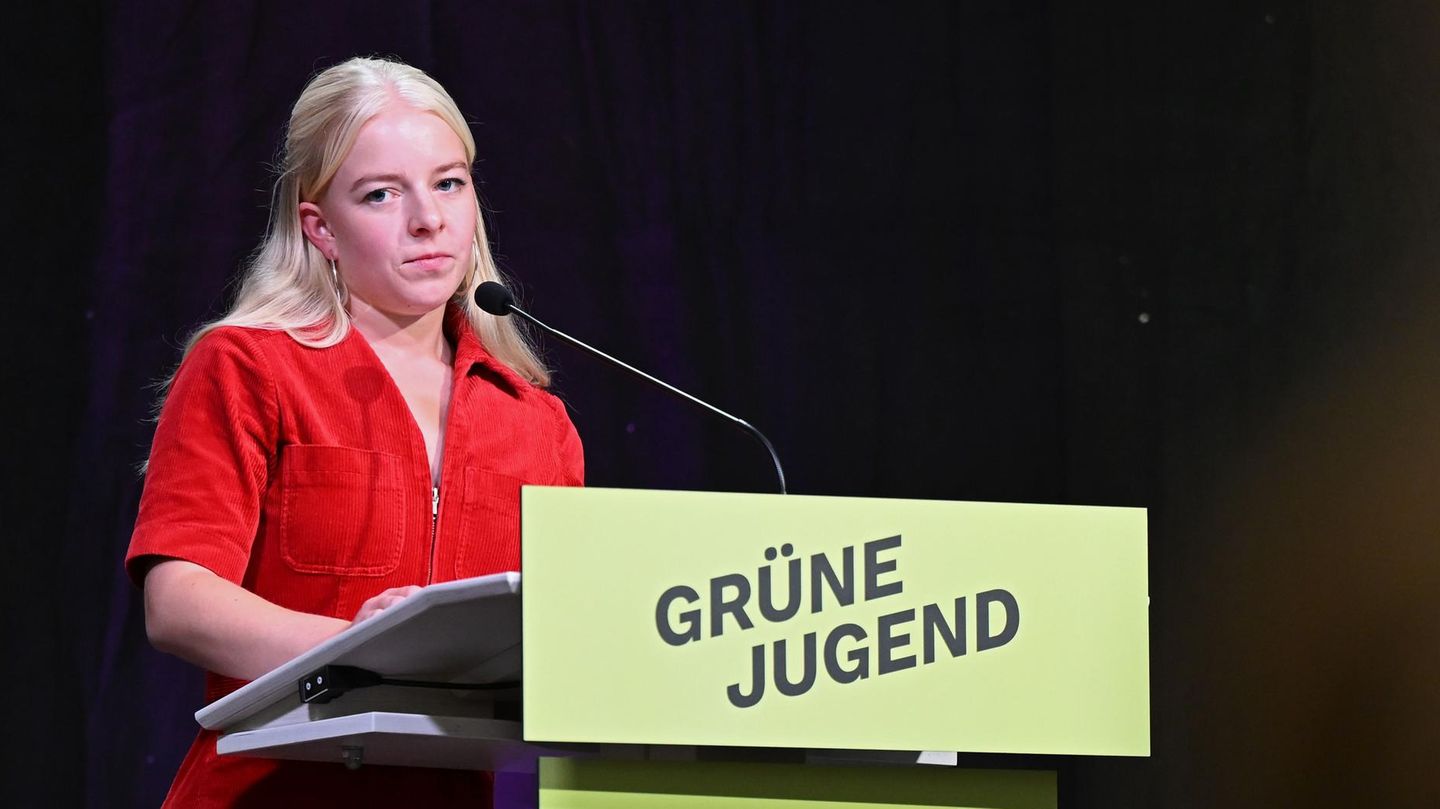In recent weeks, the prices of soybeans and corn have been involved in strong increases due to the restriction of supply more than due to an increase in demand. This restriction was caused by crop cuts, especially in Brazil and Argentina, where production is at levels below expectations as a result of the severe drought that threatens the country in the main productive areas and forest fires.
The conflict involving two of the world’s leading wheat producers, Russia and Ukraine, as well as equally important players in the corn market caused an explosive reaction in grain markets. Soybeans, already pressured by climatic factors in South America, continued their upward movement.
Russia is a major producer of fertilizers containing potassium, phosphate and nitrogen – nutrients for crops and soil. It produces more than 50 million tons of fertilizers a year, 13% of the world total. Meanwhile, Russia and Ukraine are the main suppliers of wheat, accounting for a combined 29% of world exports, most of which pass through ports on the Black Sea.
Vessel movement in the smaller Sea of Azov has already been suspended and if shipments from the Black Sea are interrupted, major importers, particularly in the Middle East and North Africa, will have to struggle to find alternative supplies.
Ukraine is one of the world’s top four corn (maize) exporters along with the United States, Argentina, and Brazil. The two countries also account for around 80% of world sunflower oil exports.
The war conflict raises fears for grain supplies. The reaction of agricultural raw materials is not the only one. The beginning of the military actions shook the prices of all commodities. Oil prices rose above $100 a barrel for the first time in seven years.
Source: Ambito
David William is a talented author who has made a name for himself in the world of writing. He is a professional author who writes on a wide range of topics, from general interest to opinion news. David is currently working as a writer at 24 hours worlds where he brings his unique perspective and in-depth research to his articles, making them both informative and engaging.




